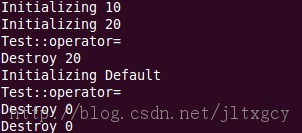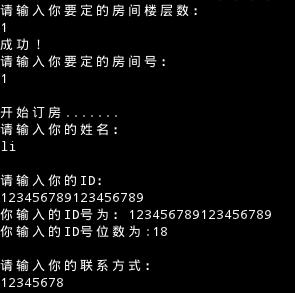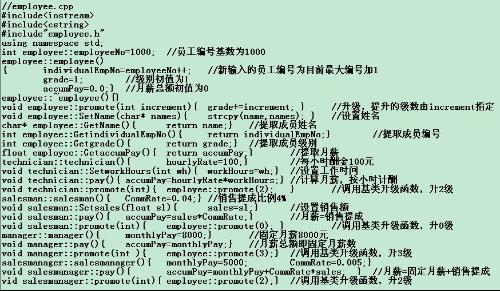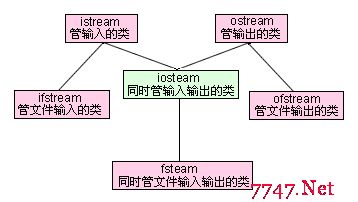C++ 转换构造函数 赋值语句
一、整体代码
Test.h
[cpp]
#ifndef _TEST_H_
#define _TEST_H_
class Test
{
public:
// 如果类不提供任何一个构造函数,系统将为我们提供一个不带参数的
// 默认的构造函数
Test();
/*explicit */Test(int num);
void Display();
Test& operator=(const Test& other);
~Test();
private:
int num_;
};
#endif // _TEST_H_
Test.cpp
[cpp]
#include "Test.h"
#include <iostream>
using namespace std;
// 不带参数的构造函数称为默认构造函数
Test::Test()
{
num_ = 0;
cout<<"Initializing Default"<<endl;
}
Test::Test(int num)
{
num_ = num;
cout<<"Initializing "<<num_<<endl;
}
Test::~Test()
{
cout<<"Destroy "<<num_<<endl;
}
void Test::Display()
{
cout<<"num="<<num_<<endl;
}
Test& Test::operator=(const Test& other)//参数和返回值都是引用,这样就不用调用拷贝构造函数
{
cout<<"Test::operator="<<endl;
if (this == &other)
return *this;
num_ = other.num_;
return *this;//可以去掉
}
01.cpp
[cpp]
#include "Test.h"
int main(void)
{
Test t(10); // 带一个参数的构造函数,充当的是普通构造函数的功能
t = 20; // 将这个整数赋值给t对象
// 1、调用转换构造函数将这个整数转换成类类型(生成一个临时对象)
// 2、将临时对象赋值给t对象(调用的是=运算符)
Test t2;
t = t2; // 赋值操作t.operator=(t2);即使去掉了return *this
return 0;
}
二、运行结果
三、解释
1、Destory 20指的是消除临时的对象。
2、转换构造函数是单个参数的构造函数,将其它类型转换为类类型。类的构造函数只有一个参数是非常危险的,因为编译器可以使用这种构造函数把参数的类型隐式转换为类类型。
3、t = 20;首先调用转换构造函数,然后调用赋值Test& operator=(const Test& other);
explicit说明这个函数不是转换构造函数,只是普通的构造函数。
4、系统里面有默认的赋值运算,实现的功能和上面的赋值运算一样。
补充:软件开发 , C++ ,






